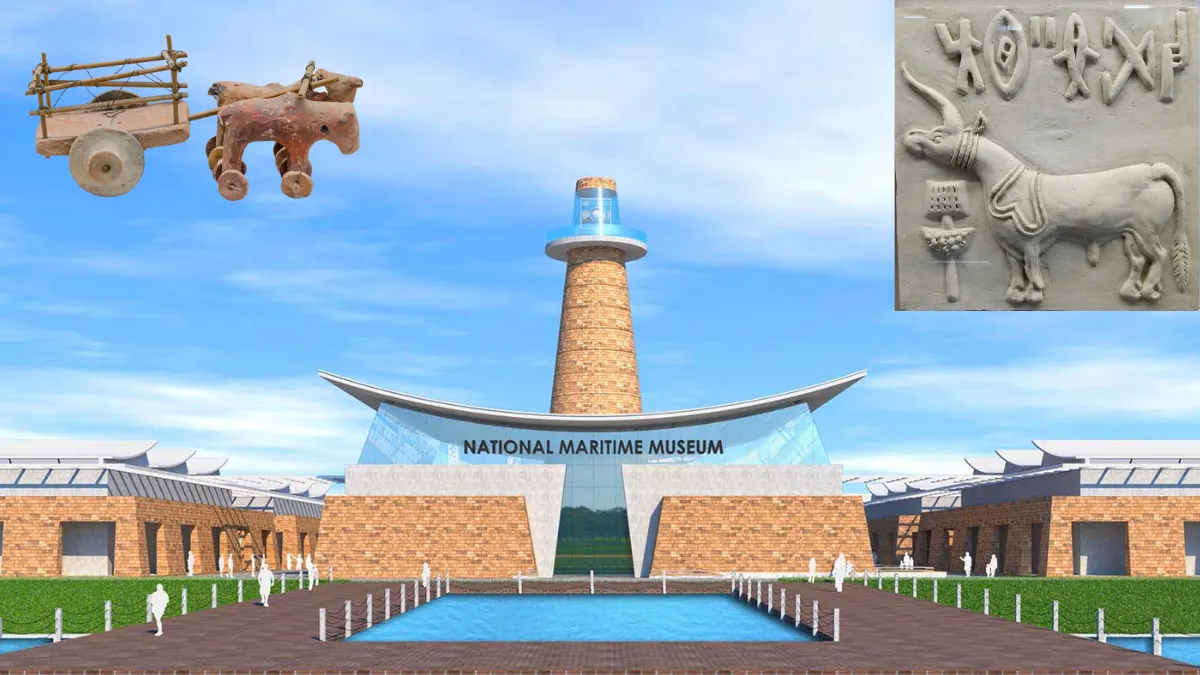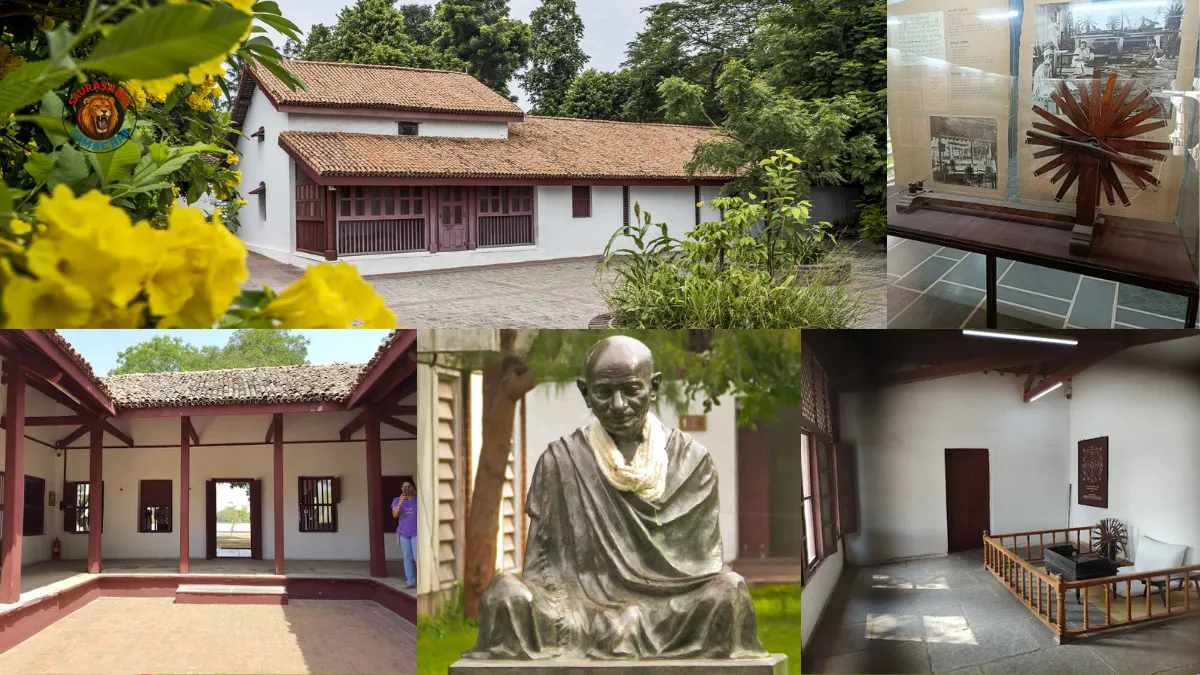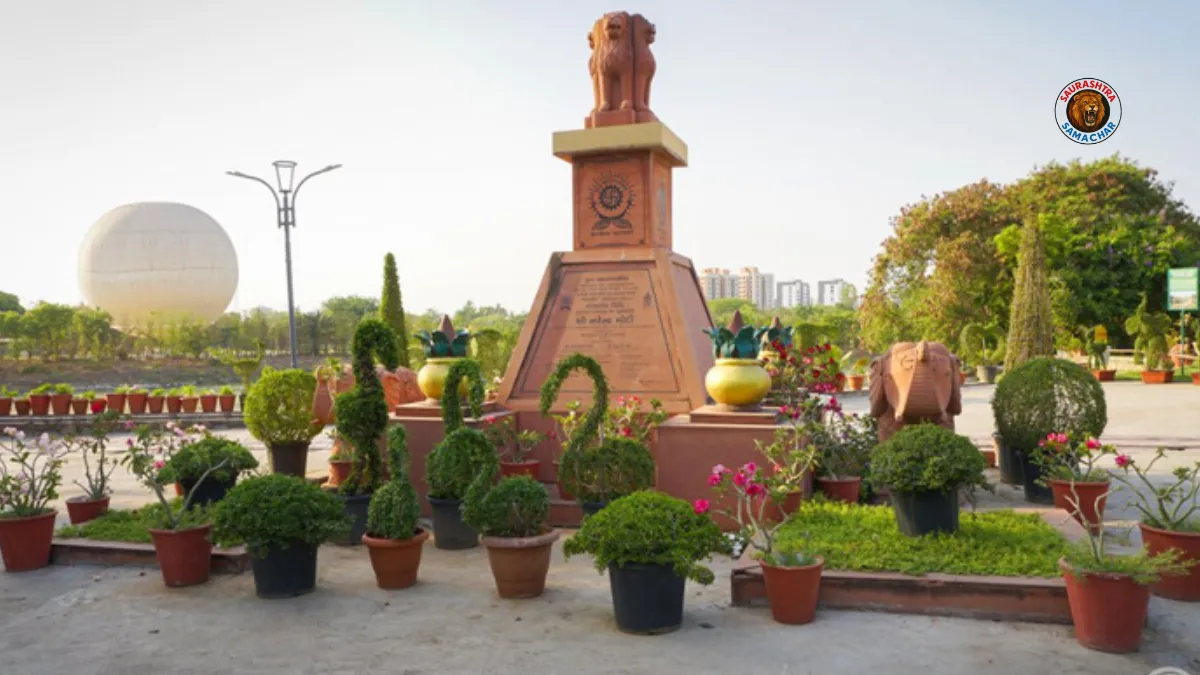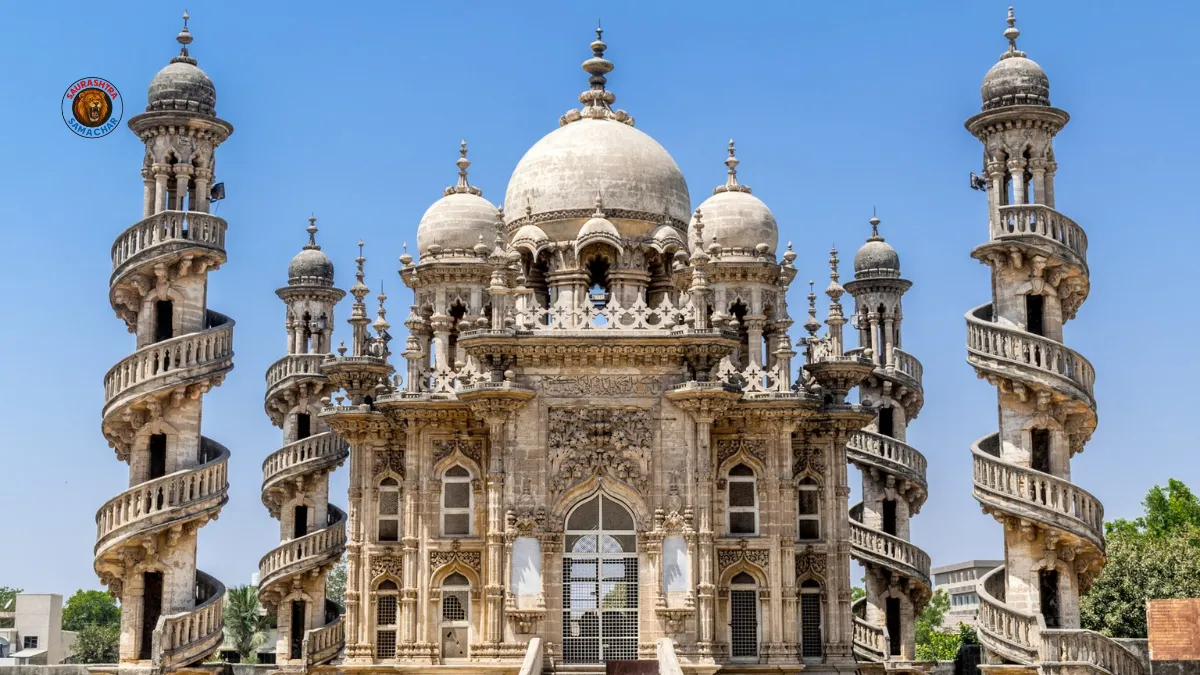Talaja Caves, located in the Bhavnagar district of Gujarat, India, are one of the region’s most fascinating ancient heritage sites. Carved into the rocky hills, these caves tell a story that spans over two millennia, marked by the influence of Buddhism, Jainism, and Hinduism. With their unique architecture, spiritual legacy, and connection to famous historical figures, the Talaja Caves stand as a remarkable example of India’s multi-layered cultural past.
Early Buddhist Origins
The history of Talaja Caves dates back to the end of the 1st century BCE, when Buddhist monks began carving into the rocky hillsides. This makes them older than many other well-known rock-cut cave complexes in Maharashtra. In total, the site has around 30 rock-cut caves, which are believed to have served as meditation halls, living quarters, and water storage areas for the monks.
A standout feature from this early phase is the Ebhal Mandapa—a large hall supported by four octagonal pillars. The façades of several caves also feature chaitya windows, a distinct element of Buddhist cave architecture. Out of the 30 caves, nearly 15 were also used as water tanks, showing the practical engineering skills of the time.
The carvings inside depict Bodhisattvas, representing Buddhist ideals of compassion and wisdom. These architectural and artistic features are considered part of the fourth stage of Buddhist cave architecture, which focused on simplicity, meditation-friendly spaces, and symbolic decoration.
Transition to Jain Influence
By the 2nd–3rd century CE, the region came under the influence of the Kshatrapa dynasty. During this period, Jain emblems and symbols were added to the pre-existing Buddhist cells and halls. This suggests either a gradual shift from Buddhism to Jainism or a peaceful coexistence between the two faiths.
Over time, the site also became home to a Jain temple situated on top of the hill alongside the caves. Historical accounts suggest that this temple was originally built in the 12th century CE by King Kumarpala, a well-known patron of Jainism. It underwent significant renovations in the 19th century, giving it much of its present form.
The temple holds great significance for followers of the Śvētāmbara sect of Jainism. It enshrines an idol of Sacha Sumatinatha Bhagwan, along with other revered Jain deities.
A Multi-Faith Spiritual Hub
The uniqueness of Talaja Caves lies in the harmonious presence of three major religious traditions:
- Buddhism – The original cave architecture and Bodhisattva carvings.
- Jainism – The hilltop Jain temple and religious symbols.
- Hinduism – The nearby Khodiyar Mata Temple, a significant Hindu shrine dedicated to the local goddess.
This rare coexistence makes the Talaja Caves an enduring symbol of India’s pluralistic spiritual heritage.
Connection to Narsinh Mehta and Local History
Talaja is also known as the birthplace of the revered poet Narsinh Mehta, a saint-poet of Gujarat celebrated for his devotional songs. His connection to the region adds a rich cultural layer to the historical and religious significance of the caves.
In the 18th century, Talaja saw a change of rulers before eventually becoming part of the Bhavnagar State under Maharaja Vakhatsinhji. This political transition further embedded the site within the historical framework of Saurashtra.
Talaja Caves at a Glance
| Feature | Details |
|---|---|
| Location | Talaja, Bhavnagar District, Gujarat, India |
| Earliest Construction | End of 1st century BCE |
| Total Caves | Around 30 rock-cut caves |
| Notable Structure | Ebhal Mandapa with four octagonal pillars |
| Religious Significance | Buddhist, Jain, and Hindu heritage |
| Famous Connection | Birthplace of poet Narsinh Mehta |
| Current Attractions | Rock-cut caves, Jain temple, Khodiyar Mata Temple |
Visiting the Talaja Caves
Today, Talaja Caves attract not only pilgrims but also history enthusiasts, archaeologists, and travelers eager to explore Gujarat’s ancient heritage. The climb up to the caves offers panoramic views of the surrounding landscape, making the journey as rewarding as the destination.
While the site is accessible year-round, the cooler months between November and February are the most comfortable for exploration. Visitors can also combine their trip with other attractions in Bhavnagar, such as the Velavadar Blackbuck National Park and historic temples in the region.
Also read: History of Bhavnagar: From Gohilwad to Modern India
Legacy of the Talaja Caves
From their beginnings as a Buddhist monastic site to their transformation into a multi-faith spiritual landmark, the Talaja Caves have witnessed centuries of change. The stone-carved halls and temples tell a story of devotion, coexistence, and cultural blending.
Whether you are drawn to their architectural beauty, their religious history, or their peaceful hilltop setting, the Talaja Caves offer a timeless glimpse into India’s rich and diverse past.














